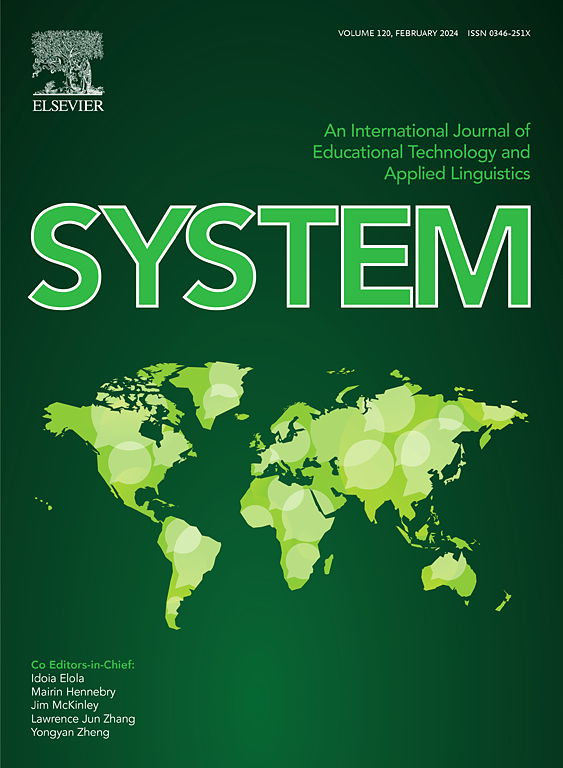识别人工:人工智能生成和第二语言本科生撰写的学术论文的比较语音分析
IF 5.6
1区 文学
Q1 EDUCATION & EDUCATIONAL RESEARCH
引用次数: 0
摘要
人工智能内容生成软件的最新发展使得人类撰写的文本与人工智能生成的文本无法区分。这一进展给学术领域带来了挑战,引发了对学术诚信贬值的担忧。作者声音作为书面文本不可避免的一个方面和写作身份的标志,是区分两种文本类型的潜在因素。鉴于此,研究人员使用12篇学生撰写的学术论文和12篇人工智能生成的学术论文,研究了学生撰写的论文和人工智能生成的论文的作者声音的差异。使用Lehman和Sułkowski (2020) Voice Analytic Rubric对样本进行编码和分析。研究结果显示,集体(C)声音是学生写作论文中的主导声音,而人工智能生成器主要使用个人(I)声音。进一步的比较和分析表明:a) I-voice不是ai生成文本的一贯的主导文本身份;b)人工智能生成的文本更接近专家的写作,而学生写的更接近新手的写作;c)人工智能生成文本的写作风格倾向于可预测性。这些发现有助于理解相对于大型语言系统中相对未被充分开发的作者声音,学生的作者声音结构。本文章由计算机程序翻译,如有差异,请以英文原文为准。
Recognizing the artificial: A comparative voice analysis of AI-Generated and L2 undergraduate student-authored academic essays
Recent developments in AI content generation software have rendered human-authored texts indiscernible from AI-generated ones. This progression introduced challenges in the academic field, raising concerns over the devaluation of academic integrity. As an inevitable aspect of written texts and an indicator of writing identity, authorial voice is a potential distinguishing factor between both text types. Given this, the researchers examined the differences in the authorial voice of student-written and AI-generated essays using 12 student-written academic essays and 12 AI-generated academic essays. The samples were coded and analyzed using Lehman and Sułkowski's (2020) Voice Analytic Rubric. The findings revealed that Collective (C) voice was the dominant voice in student-written essays whereas AI-generators primarily employed Individual (I) voice. Further comparison and closer analysis showed that: a) I-voice is not the consistent dominant textual identity for AI-generated texts; b) AI-generated text is closer to an expert's writing whereas student-written are closer to a novice's; and c) the writing style of AI-generated texts lean toward predictability. These findings contribute to understanding students' authorial voice construction vis-a-vis the relatively underexplored authorial voice of large language systems.
求助全文
通过发布文献求助,成功后即可免费获取论文全文。
去求助
来源期刊

System
Multiple-
CiteScore
8.80
自引率
8.30%
发文量
202
审稿时长
64 days
期刊介绍:
This international journal is devoted to the applications of educational technology and applied linguistics to problems of foreign language teaching and learning. Attention is paid to all languages and to problems associated with the study and teaching of English as a second or foreign language. The journal serves as a vehicle of expression for colleagues in developing countries. System prefers its contributors to provide articles which have a sound theoretical base with a visible practical application which can be generalized. The review section may take up works of a more theoretical nature to broaden the background.
 求助内容:
求助内容: 应助结果提醒方式:
应助结果提醒方式:


